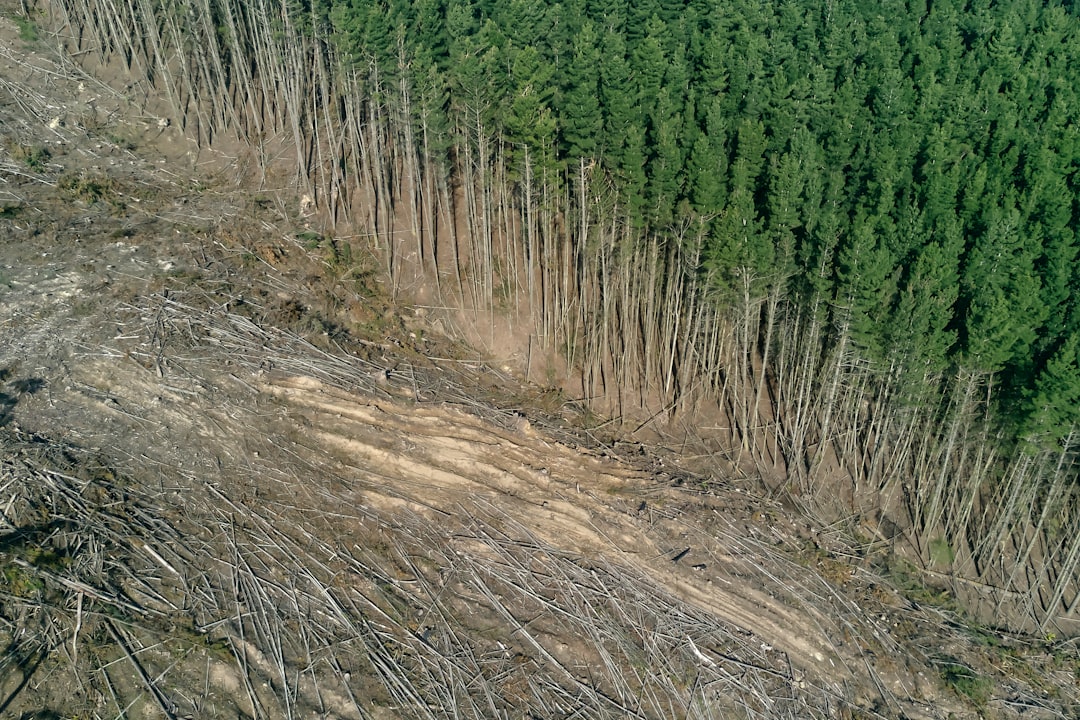Deforestation and habitat loss are among the most critical environmental challenges of our time. As vast tracts of forest are cleared and natural landscapes are transformed, the consequences ripple through ecosystems—affecting biodiversity, ecosystem services, and ultimately, human well-being. In this post, we’ll explore the drivers behind deforestation, its impacts on biodiversity and ecosystem functions, and what steps can be taken to mitigate these effects.
The Drivers of Deforestation and Habitat Loss
1. Agricultural Expansion
One of the leading causes of deforestation is the conversion of forests into agricultural land. As the global population grows, the demand for food increases, driving the expansion of farmland and pasturelands. This often comes at the expense of natural forests, particularly in tropical regions.
2. Urbanization and Infrastructure Development
Rapid urban growth and the development of infrastructure—such as roads, dams, and residential areas—also contribute to habitat loss. Urban sprawl encroaches on previously undisturbed areas, fragmenting ecosystems and reducing the space available for wildlife.
3. Logging and Timber Extraction
Both legal and illegal logging operations can lead to significant forest degradation. The removal of trees not only reduces forest cover but also alters the structure of the ecosystem, impacting species that depend on mature forests for shelter and food.
Impacts on Biodiversity
1. Loss of Species
Forests are home to a tremendous array of life. When these habitats are destroyed, many species lose their homes and resources, leading to local—and sometimes global—extinctions. Species with specialized habitat requirements are particularly vulnerable.
2. Reduction in Genetic Diversity
Habitat loss often leads to smaller, isolated populations of species. This isolation can reduce genetic diversity, making species more susceptible to disease, environmental changes, and the long-term risks of inbreeding.
3. Disruption of Ecological Interactions
The intricate web of relationships among species—such as pollination, seed dispersal, and predator-prey dynamics—is disrupted when habitats are altered or fragmented. This disruption can lead to cascading effects throughout the ecosystem, undermining its stability and resilience.
Effects on Ecosystem Function
1. Altered Nutrient Cycling and Soil Health
Forests play a crucial role in nutrient cycling. Trees absorb nutrients from the soil and, when they shed leaves, contribute organic matter that enriches the ground. Removing forests disrupts this cycle, often leading to soil degradation and reduced fertility, which can affect plant growth and agricultural productivity.
2. Climate Regulation and Carbon Storage
Forests act as carbon sinks, absorbing large amounts of carbon dioxide from the atmosphere. Deforestation not only releases stored carbon—exacerbating climate change—but also diminishes the capacity of ecosystems to sequester future emissions. This feedback loop accelerates global warming and its associated impacts.
3. Water Cycle Disruption
Healthy forests regulate local and regional water cycles by controlling evaporation, transpiration, and runoff. When forests are cleared, changes in water flow and increased soil erosion can lead to more extreme weather events, such as floods and droughts, affecting both ecosystems and human communities.
Mitigation and Sustainable Solutions
1. Reforestation and Afforestation
Replanting trees and restoring degraded lands are critical steps toward reversing the damage of deforestation. These initiatives not only help sequester carbon but also rebuild habitats and support biodiversity.
2. Sustainable Land Management
Implementing sustainable agricultural and forestry practices can reduce the pressure on natural forests. Techniques such as agroforestry, which integrates trees into farming systems, can provide economic benefits while preserving ecological functions.
3. Policy and Community Engagement
Strong environmental policies, international cooperation, and community-based conservation efforts are essential. Encouraging sustainable livelihoods and engaging local communities in forest management can lead to more effective conservation strategies that balance human needs with environmental protection.
Conclusion
Deforestation and habitat loss pose a serious threat to biodiversity and ecosystem functions. The loss of forests disrupts the natural processes that sustain life—from nutrient cycling and water regulation to climate stabilization and species interactions. Protecting these vital ecosystems is not just about preserving nature for its own sake; it’s about safeguarding the services that support human life and the health of our planet.
As we face the challenges of a changing climate and growing human populations, it’s more important than ever to adopt sustainable practices and policies that protect our natural heritage. By understanding the consequences of deforestation and habitat loss, we can work together to ensure a more resilient and sustainable future for all.
Have you witnessed the effects of habitat loss in your community? Share your thoughts and experiences in the comments below, and join the conversation on how we can protect our planet’s rich biodiversity and vital ecosystems.

Comments
No comments yet. Be the first to comment!
You must be logged in to comment. Login